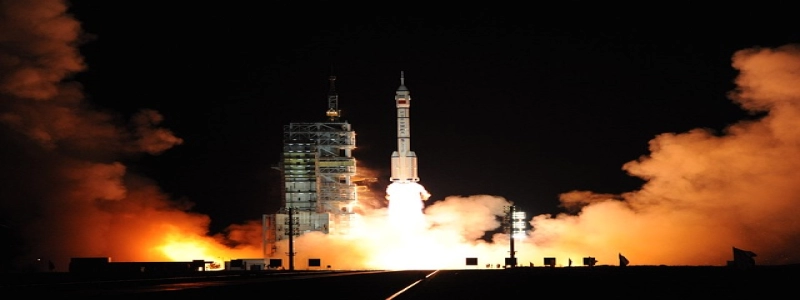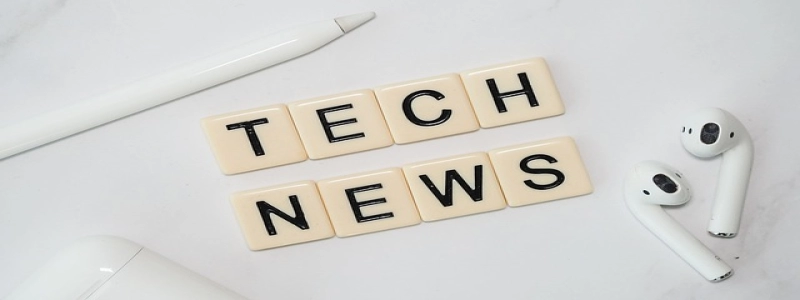How is Fiber Optic Cable Installed?
Giới thiệu:
Fiber optic cable has become the backbone of modern communication systems, enabling high-speed data transmission over long distances. Tuy nhiên, the installation process of fiber optic cable involves several steps and requires specialized equipment and expertise. In this article, we will explore the process of installing fiber optic cable in detail.
TÔI. Planning and Preparation:
1. Site Survey: Before the installation begins, a site survey is conducted to assess the area where the fiber optic cable will be installed. This includes identifying suitable routes and locations for the cable, considering factors such as terrain, existing infrastructure, and potential obstructions.
2. Designing the Network: Based on the site survey, a network design is created to determine the exact placement of the fiber optic cable. This includes determining the number of cables required, their lengths, and the network topology.
II. Cable Preparation:
1. Cable Splicing: If the fiber optic cable needs to be extended or repaired, cable splicing is performed. This involves joining two fiber optic cables using fusion splicing techniques to create a continuous connection. The spliced portions are protected with heat-shrink sleeves to ensure long-term reliability.
2. Cable Termination: Cable termination involves connecting the fiber optic cable to various devices, such as connectors, converters, or switches. This process ensures that the cable can transmit data effectively and securely.
III. Cable Installation:
1. Trenching: In some cases, a trench needs to be dug for burying the fiber optic cable underground. This protects the cable from environmental factors and reduces the risk of damage. The trench is typically dug using specialized machinery to ensure precision and efficiency.
2. Aerial Installation: In areas where trenching may not be feasible, such as urban or mountainous terrains, aerial installation is employed. This involves suspending the fiber optic cable between aerial poles or existing utility lines using specialized clamps. Aerial installation requires careful planning to address issues like sagging and tension control.
3. Underground Installation: In locations where trenching is not suitable, underground installation is utilized. This involves utilizing existing infrastructure, such as sewer or utility tunnels, to house the fiber optic cable. The cable is laid inside protective conduit or ducts to ensure its safety and prevent damage.
IV. Testing and Commissioning:
Once the fiber optic cable is installed, it undergoes thorough testing to ensure its performance and reliability. This includes conducting tests such as optical time-domain reflectometry (OTDR) to measure the overall signal loss and the reflectivity of the cable. If any issues are identified, they are rectified before the final commissioning of the cable.
Phần kết luận:
The installation of fiber optic cable is a meticulous process that involves careful planning, preparation, and execution. From site survey and cable preparation to trenching or aerial/underground installation, each step requires precision and expertise. With the increasing demand for high-speed internet and data transmission, efficient fiber optic cable installation has become crucial for establishing reliable communication networks.








